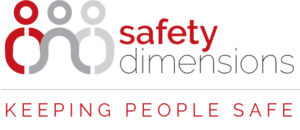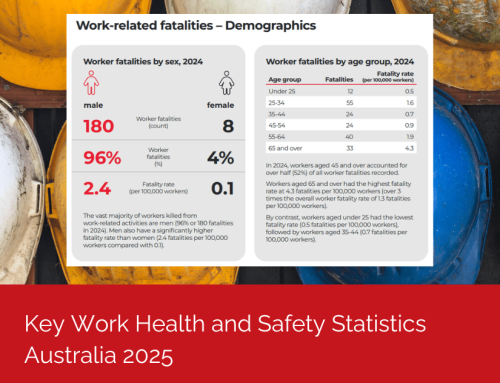What is behavioural safety and why does it matter?
Behavioural safety is a workplace mindset that helps everyone, from frontline staff to senior leaders, think and act safely as part of daily work. At LDN though our Safety Dimensions division, we believe safety leadership starts when people take real ownership of how they work. It strengthens safety culture, reduces risk and builds consistent behaviour that protects people even when no one is watching.
It’s not just about the rules – it’s about your culture
Traditional safety systems rely on rules and correction after something goes wrong. Lag indicators like injury numbers only tell part of the story. Real improvement starts earlier, with the small habits, situational cues and behavioural patterns that often slip by unnoticed. Behavioural safety brings this into focus, which is why we help leaders build practical observation skills and create conversations that surface issues before they escalate.
We work with leaders to help them ask sharper questions, notice more in the environment and involve teams in solving problems together. When these behaviours become part of daily work, safety becomes a shared expectation rather than a compliance task. This approach has already helped organisations such as MRPV develop their next generation of safety leaders.
What drives unsafe behaviour?
Risky behaviour rarely appears out of nowhere. It often comes from confusion, mixed messages, workload pressure or cultural expectations. We teach leaders to explore the reason behind the behaviour and remove the barriers that stop people choosing the safer option.
This is why managing psychosocial hazards plays such a strong role. Stress, fatigue and distraction reduce situational awareness and increase risk taking. Behavioural safety helps leaders recognise these pressures and respond early.
From awareness to action
Behavioural safety grows through consistent coaching, feedback and role modelling. It strengthens when leaders support day to day conversations, observation and practical follow up. Organisations that build these habits see stronger engagement, clearer communication and safer decision making across their operations.
See how this approach plays out in real learning environments by exploring how we use mock courtrooms to bring compliance to life.






